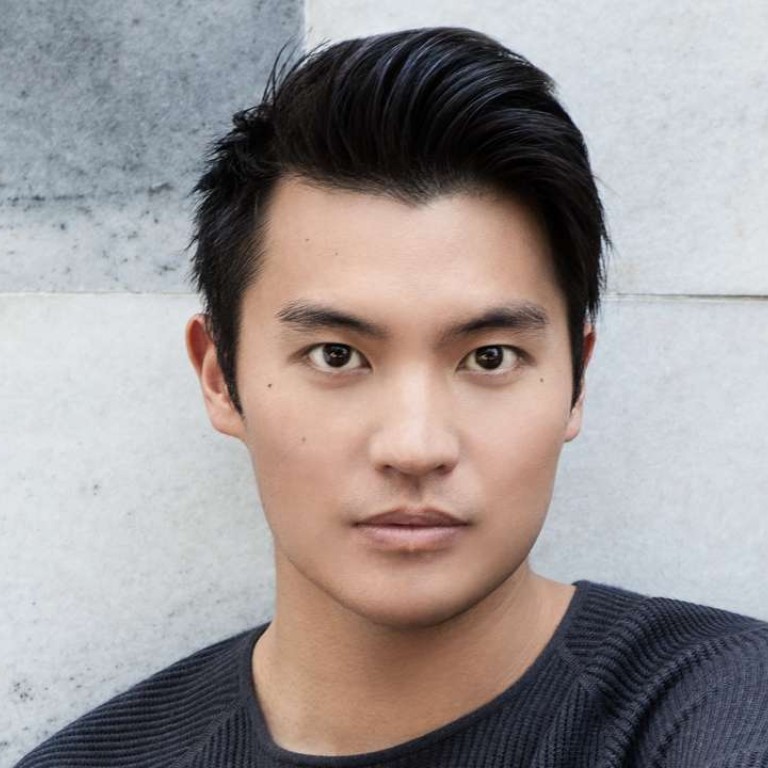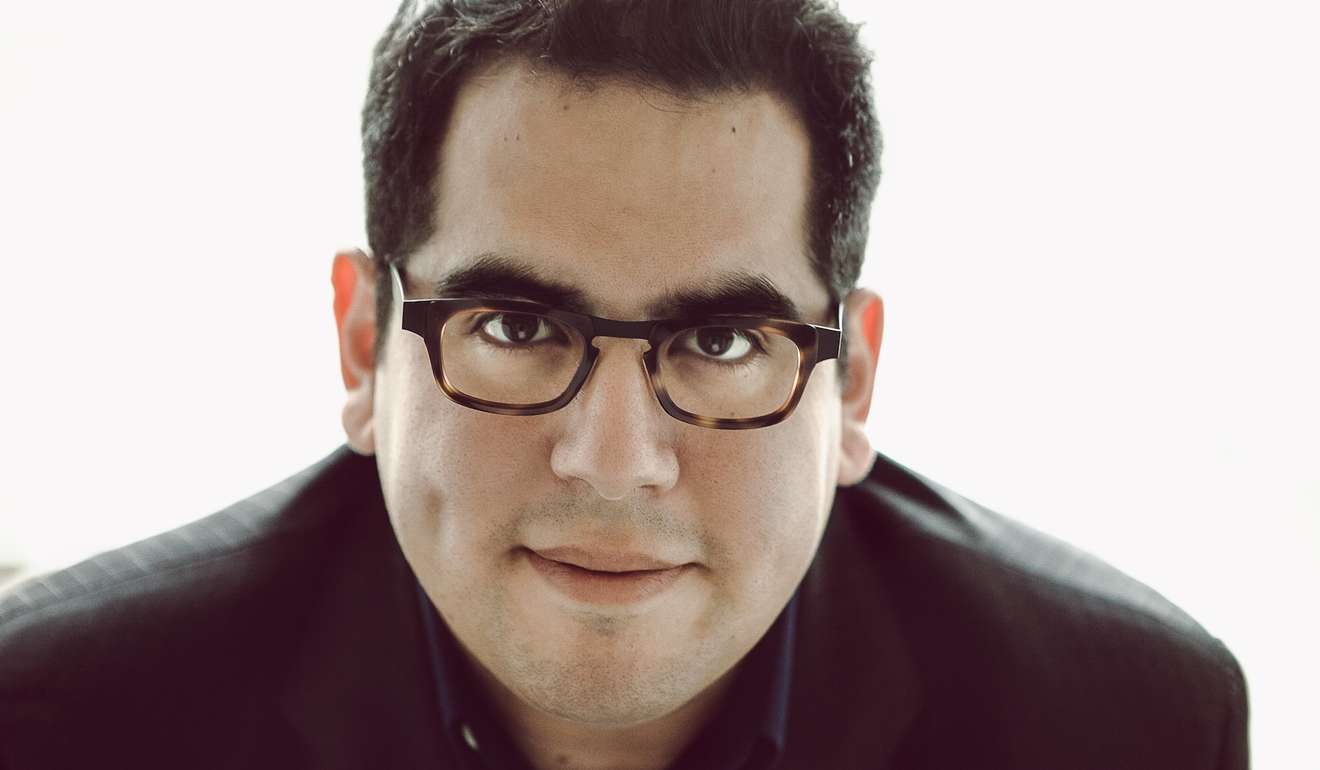
Review: Ray Chen with Julio Elizalde – violinist’s joyful, exuberant playing has audience begging for more
Chen’s flamboyance and expressiveness, allied to Elizalde’s empathetic accompaniment, is such as to sweep even musical purists along
From his showmanship to his casual on-stage exchanges with accompanist Julio Elizalde and his post-concert “meet the artist” session, violinist Ray Chen appears to have succeeded in his aim of breaking down the barriers to classical music appreciation in a pop-culture era by ditching its conventions.
He showed equal measures of exuberance, genuine appreciation for the audience and love for every bar of music.
This Hong Kong Arts Festival programme began with an early Beethoven sonata (Op. 12, No.1). Chen launched himself into its wildly dramatic opening with almost tangible energy, his extravagant facial expressions conveying the music’s changing moods as the work unfolded. It was a piece which showed Chen’s ability to make the simple appear sublime, the playful poignant and the dark dramatic. Such was the enthusiasm he conveyed that it seemed natural for the audience to applaud at the end of the first movement.

The work’s second movement had a bigger part for Elizalde, who, after six seasons playing with Chen, understands when to press as an equal partner and when to provide a canvas for the soloist to shine, and does so seamlessly, making him the perfect accompanist.
The Saint-Saens Violin Sonata in D minor that followed was the highlight of the programme. Chen’s flamboyance may come at the expense of subtlety at some points, but his modern interpretation of this highly coloured work gave him a wide emotional palette from which to draw: his softest moments were almost inaudible and the climaxes filled the auditorium with warmth. He plays with such conviction that musical purists cannot but be swept along for the ride.
Chen communicates his understanding of the broad sweep of a work through the intensity of his playing and the way he shapes phrases, and this was nowhere more evident than in the Saint-Saens, where nuances were made obvious.
The solo violin sonata by Eugène Ysaÿe lent contrast to the programme, and allowed Elizalde a breather, but musically was inferior to the other works and did not engage the audience as much. It was modelled on Bach’s sonatas for solo violin, which combine technical intricacy with moments of musical interest while favouring the former. One wonders if a Bach sonata would have been a better choice for Chen.
The final works on the programme were Manuel de Falla’s Suite Populaire Espagnole and Monti’s popular Czardas.
De Falla’s Spanish dances provided further contrast, with a series of short movements – a lament, a lullaby, a flamenco dance, one invoking the sound of castanets. Chen’s approach to these simple pieces was almost magical, and transported the listener instantly to Spain.
The Italian Monti allowed Chen to shift gears once again. He was back in his element, and took the Czardas’ concluding section at a frenetic pace to bring the evening’s musical journey to an extraordinary close. Chen followed with three encores, but the audience begged for more, and he concluded with a poignant interpretation of John Williams’ theme from Schindler’s List.
Ray Chen Violin Recital, Hong Kong City Hall Concert Hall. Reviewed: March 11
